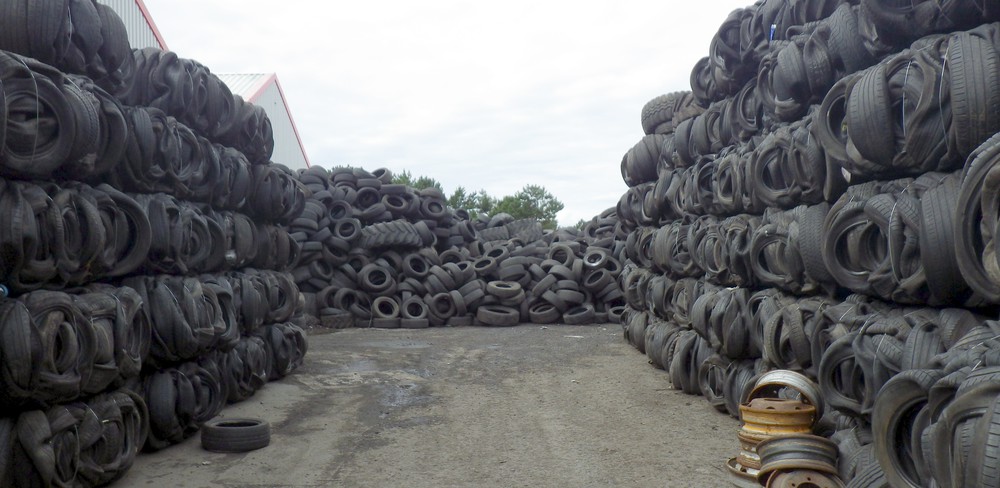Could Covid impact lead to widespread ‘dead-end’ stockpiling of waste tyres?

The Tyre Recovery Association outlines its concern that high recycling prices combined with cashflow problems for tyre businesses could lead to ‘an ugly and very expensive problem’
The Tyre Recovery Association is urging the Environment Agency to be more vigilant about stockpiling waste tyres. The association is concerned that the current relaxation of stockpile permitting rules could lead to operators storing more waste tyres than they can handle. With recycling gate prices high and cashflow under enormous pressure, the temptation to accept unrealistic collection price offers is great. However, if the collector is unable to process waste tyres as a result, abandoned waste tyre stockpiles could become “an ugly and very expensive problem”, which could prove damaging to the reputation of the tyre business as a whole.
Therefore the TRA has asked the EA to look out for operators who use the current relaxation of stockpile permitting rules to increase the storage of waste tyres beyond levels they have the financial resources to recycle responsibly. “Operators face multiple challenges at this present difficult moment,” says TRA secretary general, Peter Taylor. However: “With little income just now, businesses still have overheads to meet while recycling gate prices are very much higher than at this time even a year ago. Furthermore, cash flows are under pressure like never before.
“The temptations are obvious, and some will undoubtedly be driven to take in the nation’s old tyres at prices well below what are now necessary to move them properly through our recycling infrastructure.
“I suspect that many are being driven more by hope than expectations and faced with this financial reality will simply ‘dump and run’ leaving property owners and the public purse with yet again an ugly and very expensive problem.
“We must not allow this to happen. We can all play our part,” continues Taylor, “the Environment Agency and our other regulators must continue to offer help to operators but at the same time apply the test of realism in their role as enforcers.”
“What comes in can only go out if input and output cost realities match up. We, ourselves, in the tyre industry must also apply the realism test. A price too tempting is one which in all probability is also one which compromises our legal Duty of Care.”

 Continental AG
Continental AG Firestone
Firestone
Comments